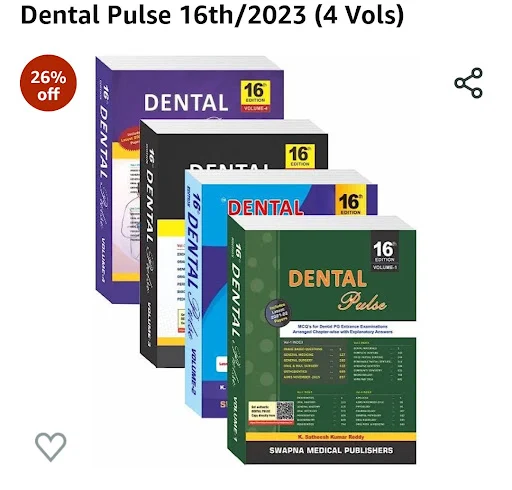cardiopulmonary resuscitation: CPR
CPR stands for Cardiopulmonary Resuscitation. It is an emergency lifesaving procedure performed when someone's heartbeat or breathing has stopped, often due to cardiac arrest or respiratory failure. CPR aims to maintain blood flow and oxygen supply to vital organs until professional medical help arrives.
The basic steps of CPR include:
1. **Check the scene**: Ensure that the area is safe for both you and the victim. Make sure there are no immediate dangers that could harm you or the person in need of CPR.
2. **Check responsiveness**: Gently tap the person and shout, "Are you okay?" to check for responsiveness. If the person does not respond and is not breathing normally, it indicates the need for CPR.
3. **Call for help**: If you are alone, call for emergency medical assistance (911 or the local emergency number) before starting CPR. If there is someone else present, ask them to call for help while you begin CPR.
4. **Open the airway**: Tilt the person's head backward and lift the chin to open the airway.
5. **Check for breathing**: Look, listen, and feel for any signs of breathing. If the person is not breathing or is only gasping, it indicates the need for CPR.
6. **Start chest compressions**: Place the heel of one hand on the center of the person's chest (between the nipples) and place the other hand on top of the first hand. Use your body weight to compress the chest downward at least 2 inches (5 centimeters) deep at a rate of 100-120 compressions per minute.
7. **Give rescue breaths**: After 30 chest compressions, give two rescue breaths. Pinch the person's nose shut, cover their mouth with yours, and give two breaths, each lasting about 1 second. Allow the chest to rise between breaths.
8. **Continue CPR**: Repeat cycles of 30 chest compressions followed by two rescue breaths until professional medical help arrives or the person shows signs of life.
CPR can significantly improve the chances of survival if performed promptly and effectively. It is essential to receive proper training in CPR techniques from certified instructors to ensure that you can respond confidently and effectively during an emergency situation.
Sure! Here are ten multiple-choice questions (MCQs) on the topic of Cardiopulmonary Resuscitation (CPR):
1. What does CPR stand for?
a) Cardiac Pulmonary Recovery
b) Cardiopulmonary Resuscitation
c) Cardiovascular Pulmonary Response
d) Cardiac Perfusion and Restoration
Answer: b) Cardiopulmonary Resuscitation
2. During CPR, what is the recommended depth of chest compressions for adult victims?
a) 1 inch (2.5 centimeters)
b) 2 inches (5 centimeters)
c) 3 inches (7.5 centimeters)
d) 4 inches (10 centimeters)
Answer: b) 2 inches (5 centimeters)
3. When should you call for emergency medical assistance (911 or the local emergency number) when performing CPR?
a) Before starting CPR
b) After 5 minutes of CPR
c) After 30 chest compressions
d) After giving two rescue breaths
Answer: a) Before starting CPR
4. How many rescue breaths should be given after every 30 chest compressions during adult CPR?
a) One breath
b) Two breaths
c) Three breaths
d) Four breaths
Answer: b) Two breaths
5. Where should you place your hands while performing chest compressions on an adult victim during CPR?
a) On the lower abdomen
b) On the sides of the chest
c) On the center of the chest between the nipples
d) On the upper back
Answer: c) On the center of the chest between the nipples
6. How many compressions per minute are recommended during CPR for both adults and children?
a) 60-80 compressions per minute
b) 80-100 compressions per minute
c) 100-120 compressions per minute
d) 120-140 compressions per minute
Answer: c) 100-120 compressions per minute
7. What should you do if the victim starts breathing normally during CPR?
a) Continue CPR until professional help arrives
b) Stop CPR and wait for further instructions
c) Stop CPR immediately
d) Give one more rescue breath and stop CPR
Answer: a) Continue CPR until professional help arrives
8. For how long should you give rescue breaths to an adult victim during CPR?
a) 1 second per breath
b) 2 seconds per breath
c) 3 seconds per breath
d) 4 seconds per breath
Answer: a) 1 second per breath
9. During CPR, how should you check for responsiveness in the victim?
a) Tap the person's chest and shout their name
b) Shake the person's shoulders and ask if they are okay
c) Pinch the person's arm and call their name loudly
d) Check for pulse on the neck
Answer: b) Shake the person's shoulders and ask if they are okay
10. In which order should CPR be performed on an unresponsive adult victim?
a) Check responsiveness, give chest compressions, give rescue breaths
b) Give rescue breaths, give chest compressions, check responsiveness
c) Check responsiveness, give rescue breaths, give chest compressions
d) Check responsiveness, check for breathing, give chest compressions
Answer: c) Check responsiveness, give rescue breaths, give chest compressions
Latest offers Dental pulse all four volumes





Comments
Post a Comment